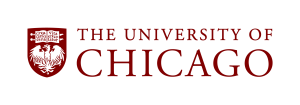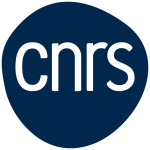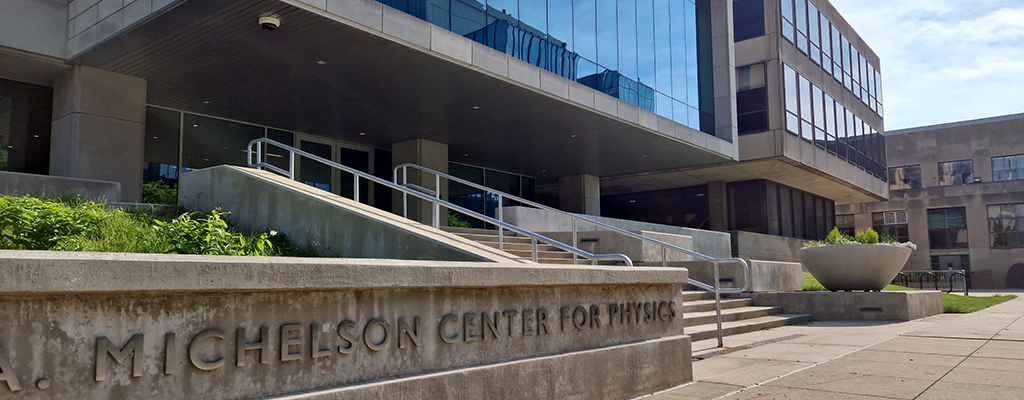
The International Research Laboratory in Particle Physics and Cosmology (IRL PPC), provides a permanent framework to foster collaboration between the University of Chicago and CNRS. It facilitates partnerships among the University of Chicago, CNRS, and major U.S. experimental facilities, such as Fermilab and Argonne National Laboratory, to support researcher mobility, workshops, and student exchanges.
The following (non-exclusive) research clusters have been identified. It reflects shared priorities between CNRS and U.S. institutions:
- Neutrino Physics and the DUNE experiment: Studying neutrino properties, CP violation, and their role in the universe’s matter-antimatter asymmetry.
- Advancing Particle Physics and Theory: Investigating the Higgs sector, beyond the Standard Model phenomenology, and quantum simulations.
- Cosmology and Dark Matter: Probing dark energy and dark matter through projects like DAMIC and LSST.
- R&D and Instrumentation for Accelerators and Detectors: Advancing technology for high-precision detectors and next-generation accelerators.
- Astroparticle Physics: Combining multi-messenger observations to study extreme astrophysical phenomena and fundamental physics.

The University of Chicago is an urban research university that has driven new ways of thinking since 1890. Its commitment to rigorous inquiry and intellectual freedom draws pathbreaking scholars to the global campuses, where field-defining ideas are born that challenge and change the world.

The National Centre for Scientific Research (CNRS) is a major player in basic research on the global stage. Its unique position as a specialist in multiple fields means that it can bring together different scientific disciplines to shed light on and gain insight into current global challenges, in partnership with public sector, social and economic stakeholders.

CNRS-UChicago International Research Center for Fundamental Scientific (IRC Discovery)
The IRC Discovery strengthens existing partnerships between scholars at two of the world’s leading research institutions and leverages both institutions’ robust networks and large-scale investments in scientific infrastructure to address some of the world’s greatest questions.

